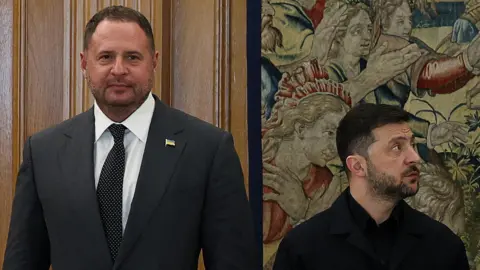Hunted by drones, stalked by snipers, and surrounded by minefields, Ukrainian soldiers are on edge, unable to let their guard down even for a moment. Colonel Dmytro Palisa, who leads the 33rd Mechanized Brigade, emphasizes the critical need for resilience, advising his troops to ignore the prospects of a cease-fire as they cannot afford to relax. “They start relaxing, they start overthinking, putting on rose-colored glasses, thinking that tomorrow will be easier. No,” he stated firmly from his command post near the eastern front.
While diplomats engage in discussions about a truce from afar, combat continues to rage in Ukraine with intensity rivaling that seen throughout the conflict. The ongoing fighting reflects not just tactical maneuvers for future negotiations but also a profound skepticism towards political solutions. Many soldiers and civilians express doubt that any temporary agreements, such as a cease-fire in the Black Sea region, would result in a sustainable peace. Both Ukraine and Russia are fiercely contesting to secure favorable positions ahead of any potential future confrontations, underscoring an enduring cycle of violence and distrust between the two nations.
To further complicate the situation, the sentiments among soldiers reveal a stark contrast to political narratives. While international efforts suggest incremental progress, those at the frontlines see a harsh and violent reality that offers little hope for a swift resolution. As such, the fight continues, rooted in survival rather than optimism for peace talks.
While diplomats engage in discussions about a truce from afar, combat continues to rage in Ukraine with intensity rivaling that seen throughout the conflict. The ongoing fighting reflects not just tactical maneuvers for future negotiations but also a profound skepticism towards political solutions. Many soldiers and civilians express doubt that any temporary agreements, such as a cease-fire in the Black Sea region, would result in a sustainable peace. Both Ukraine and Russia are fiercely contesting to secure favorable positions ahead of any potential future confrontations, underscoring an enduring cycle of violence and distrust between the two nations.
To further complicate the situation, the sentiments among soldiers reveal a stark contrast to political narratives. While international efforts suggest incremental progress, those at the frontlines see a harsh and violent reality that offers little hope for a swift resolution. As such, the fight continues, rooted in survival rather than optimism for peace talks.

















